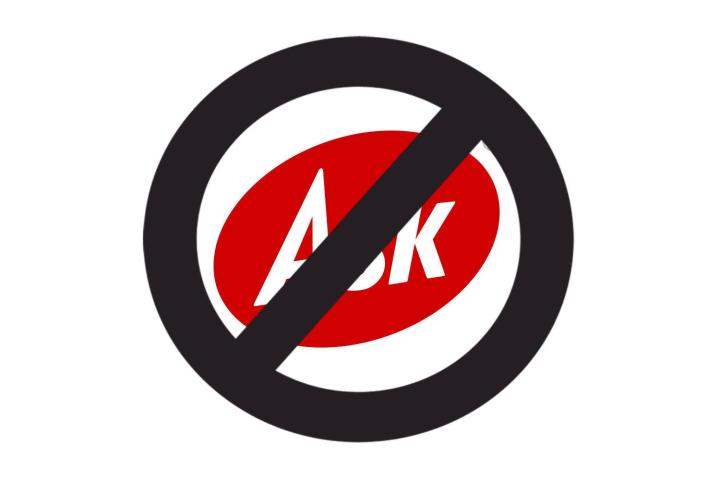
Thankfully, it’s not that hard to get rid of the Ask toolbar, regardless of what Web browser you use.
In the future, keep in mind that when you install something, you should always opt for the “custom” method of installation, which many programs offer. This will often give you a way to opt out of any toolbars or other items you don’t want on your PC. You should always opt for the custom installation to avoid automatic opt-ins.
Anyway, here’s how to get rid of the Ask toolbar.
Related: Best free antivirus software
How to remove the Ask Toolbar
Ask.com receives a fair share of negative feedback because of its infamous toolbar.
The company’s answer? Create and distribute the Ask Toolbar Remover, giving people the ability to opt out of the software. Ask Toolbar Remover is lightweight, straightforward, and works as intended.
Step 1: Download the Remover — Click here to download the Ask Toolbar Remover, and install it.
Step 2: Open the download — Simply close all open browser windows, and check the box directly to the left of Ask Toolbar. Then, click the Remove button at the bottom of the pop-up window before restarting your computer.
Removing all traces of the Ask Toolbar from Google Chrome
Open Chrome, and click the three horizontal bars in the top-right corner of the window. Then, click Settings, and check the bubble directly left of one of three options to set your desired homepage.
Sometimes Ask sneaks an extension through. To get rid of it, open the drop down menu like you did before, and click Tools, then Extensions. You’ll see a list of all the extensions that are currently running in Chrome. Next to Ask, deselect the “Enable” button.
You might also have to change your search engine preferences. Go back to the Settings menu. Under Search towards the bottom, switch it from Ask to the option of your choice.
Removing all traces of the Ask Toolbar from Google Chrome
Launch Mozilla Firefox and click the orange Firefox button in the upper-left corner. In the newest version of Firefox, you’ll need to click on a Chrome-like button with three horizontal lines located in the upper right corner of the browser.
Then, select Options, click the General tab in the top-left corner, and change your homepage settings as desired. Click OK when done.
Just like with Chrome, you may need to change your search engine as well. In the search box at the top of your Firefox window, click on the Ask icon on the left, and select one of the other options on the list.
Removing all traces of the Ask Toolbar from Google Chrome
Launch Internet Explorer, click the gear icon in the top-right corner, and select Internet Options. Afterward, enter the URL for your desired homepage.
It also wouldn’t hurt to check out the Manage add-ons screen in Internet Explorer, which you can access from the gear button. Look for anything with Ask.com or Ask in it, and give it a look. You might need to disable those items to rid your browser of any elements of the toolbar. If you find anything suspicious, select them, and hit Disable at the bottom of the window. Also, click Search Providers on the left, right-click the search engine you want, and click “Set as default” at the bottom.
Manually uninstalling the Ask Toolbar
If the Ask Toolbar Remover doesn’t work for whatever reason, or you simply prefer to uninstall software the old fashioned way, this is the method you should use. In the Windows 8 Start screen, type “programs,” and click “Programs and Features” when it appears. If you find anything with “Ask.com” in it, click on it, and click the “Uninstall/Change” button at the top.
Editors' Recommendations
- The best web browsers for 2024
- How to block third-party trackers in your browser
- How to clear cache on your Mac or MacBook
- Your digital fingerprint is tracked everywhere online. Brave wants to change that
- How to mute a tab in your browser


